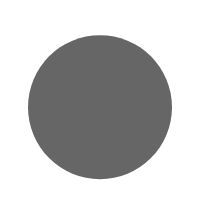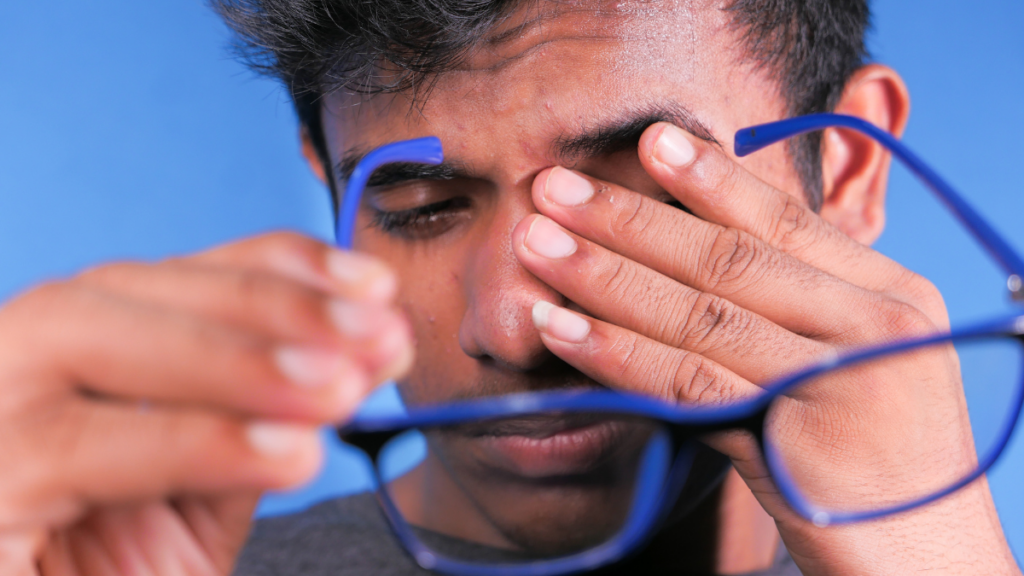Eyes help us see the world. But sometimes, problems happen. Many people face eye disorders and diseases. Some are small and go away on their own. Others need treatment. Some eye problems can even cause blindness if not treated early. Knowing about these problems helps in taking better care of the eyes.
1. Dry Eyes
Dry eyes happen when the eyes do not make enough tears. This makes the eyes feel itchy and uncomfortable. Some people feel a burning sensation. Others feel like something is stuck in their eye. Dry eyes happen because of aging, looking at screens for too long, or being in dry air. Not blinking enough also causes dry eyes. Drinking water and using eye drops help keep the eyes moist. If the problem continues, a doctor can recommend special eye drops.
2. Conjunctivitis (Pink Eye)
Pink eye makes the eyes red and swollen. It happens when the thin layer covering the eye gets infected or irritated. Some types of pink eye spread from person to person. Washing hands often helps prevent it. Allergies, bacteria, and viruses can cause pink eye. Eyes may feel itchy and watery. A doctor may give eye drops or medicine to treat it.
3. Cataracts
Cataracts make the eye lens cloudy. This makes vision blurry. It can feel like looking through a foggy window. Cataracts mostly happen with age. People who spend a lot of time in the sun without sunglasses have a higher risk. Smoking and diabetes can also increase the chances. Surgery is the only way to remove cataracts. Doctors replace the cloudy lens with a clear one.
4. Glaucoma
Glaucoma happens when there is too much pressure inside the eye. This pressure damages the optic nerve. If not treated, it can cause blindness. People may not notice it at first. Vision loss happens slowly. Regular eye check-ups help detect glaucoma early. Eye drops or surgery can lower the pressure and prevent further damage.
5. Macular Degeneration
This disease damages the centre of vision. It makes it hard to read, see faces, or do detailed work. It mostly happens in older people. Smoking and poor diet make it worse. There is no cure, but treatments can slow it down. Eating healthy food and wearing sunglasses help protect the eyes.
6. Diabetic Retinopathy
People with diabetes can develop this problem. High blood sugar damages blood vessels in the eyes. This can cause vision loss. Symptoms include blurry vision, floaters, and dark spots. Keeping blood sugar under control helps prevent this disease. Regular eye exams are very important.
7. Retinal Detachment
The retina is a thin layer at the back of the eye. It helps send signals to the brain. If it gets detached, vision is affected. People may see flashes of light or floaters. If not treated, it can lead to blindness. Surgery can fix the retina. Seeing a doctor early is important.
8. Astigmatism
Astigmatism makes vision blurry. The cornea is not perfectly round. Light does not focus properly on the retina. This can cause headaches and eye strain. Some people are born with astigmatism. Others develop it later. Glasses, contact lenses, or surgery can correct it.
9. Myopia (Nearsightedness)
Myopia makes far-away objects look blurry. It happens when the eye is too long. It is very common in children and teenagers. Spending too much time indoors can make it worse. Glasses or contact lenses help see clearly. Spending more time outdoors can slow its progress.
10. Hyperopia (Farsightedness)
Hyperopia makes close objects look blurry. It happens when the eye is too short. Some people may get headaches or eye strain when reading. Glasses or contact lenses can correct it.
11. Presbyopia
Presbyopia happens with age. It makes reading small text hard. The lens of the eye becomes less flexible. This starts around age 40. Holding a book farther away helps. Reading glasses or bifocals are often needed.
12. Strabismus (Crossed Eyes)
Strabismus makes the eyes point in different directions. It happens because of weak eye muscles. This can cause double vision. Children can have it from birth. If treated early, vision can improve. Special glasses, eye exercises, or surgery help fix it.
13. Amblyopia (Lazy Eye)
Amblyopia happens when one eye is weaker than the other. The brain starts ignoring signals from the weak eye. This mostly happens in children. If treated early, vision can improve. Eye patches or special glasses train the weak eye to work better.
14. Eye Allergies
Allergies make the eyes itchy, red, and watery. Dust, pollen, or pet hair can cause allergies. Rubbing the eyes makes it worse. Antihistamine eye drops help relieve symptoms. Avoiding allergens is the best way to prevent it.
15. Eye Floaters
Floaters look like small spots or threads in vision. They move when the eyes move. They are common with age. If many new floaters appear suddenly, it could be serious. A doctor should check it to rule out retinal problems.
How to Take Care of Your Eyes
Eyes need care to stay healthy. A few simple habits can protect vision.
Eating healthy foods like carrots, spinach, and fish helps. These foods have vitamins that keep eyes strong. Drinking enough water keeps them moist.
Wearing sunglasses protects against harmful UV rays. Too much sunlight can damage the eyes. Taking breaks from screens reduces strain. Looking away every 20 minutes helps.
Getting regular eye check-ups is important. Some eye diseases do not show symptoms early. A doctor can find problems before they get worse.
When to See a Doctor
Some eye problems go away on their own. But some need medical help. Sudden vision loss, flashes of light, or eye pain should not be ignored. If eyes stay red or blurry for a long time, a doctor should be seen.
Eye Myths and Facts
Many people believe myths about eye health. Here are some facts:
- Myth: Reading in dim light harms the eyes.
- Fact: It makes the eyes tired, but it does not cause damage.
- Myth: Sitting close to the TV damages vision.
- Fact: It does not cause permanent harm.
- Myth: Carrots improve eyesight instantly.
- Fact: They help eye health but do not fix vision problems.
Knowing the truth helps in taking proper care of the eyes.
Eyes are delicate. They need care to stay healthy. Many common eye disorders and diseases can be treated. Early detection makes a big difference. Simple habits like eating well, wearing sunglasses, and getting check-ups help keep vision clear. Taking care of the eyes today can prevent problems in the future.
If you have any eye discomfort, blurry vision, or other symptoms, see an eye doctor. Good eye care keeps vision sharp for many years.


